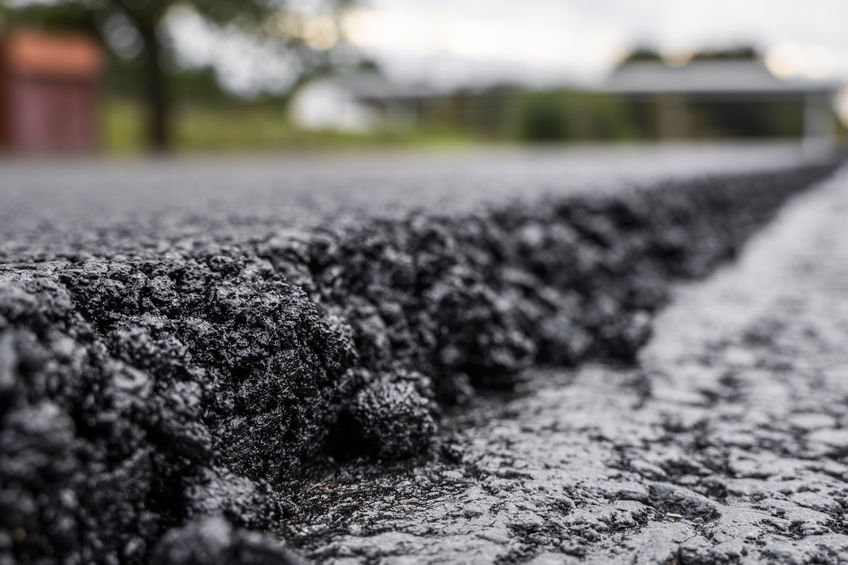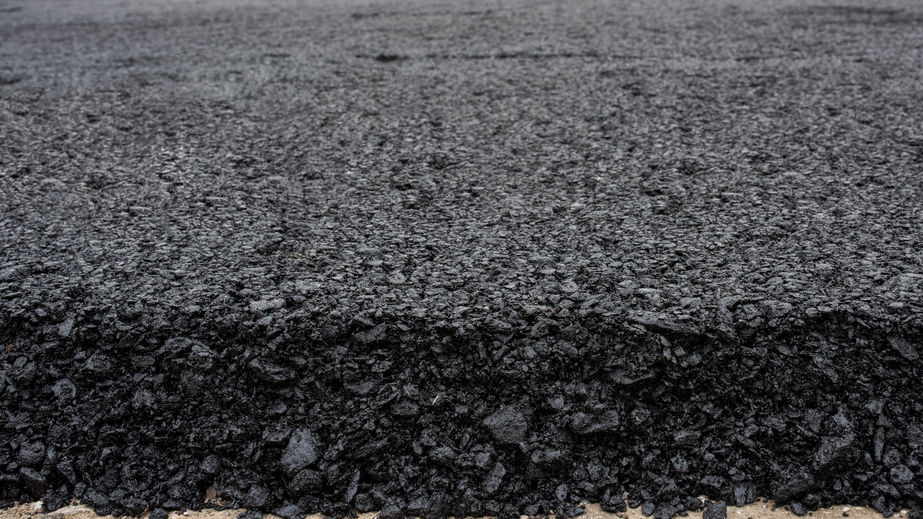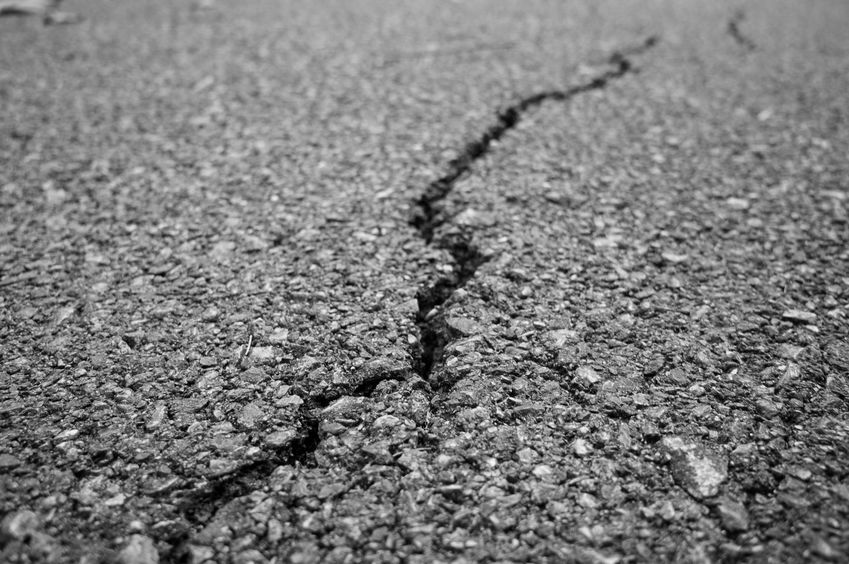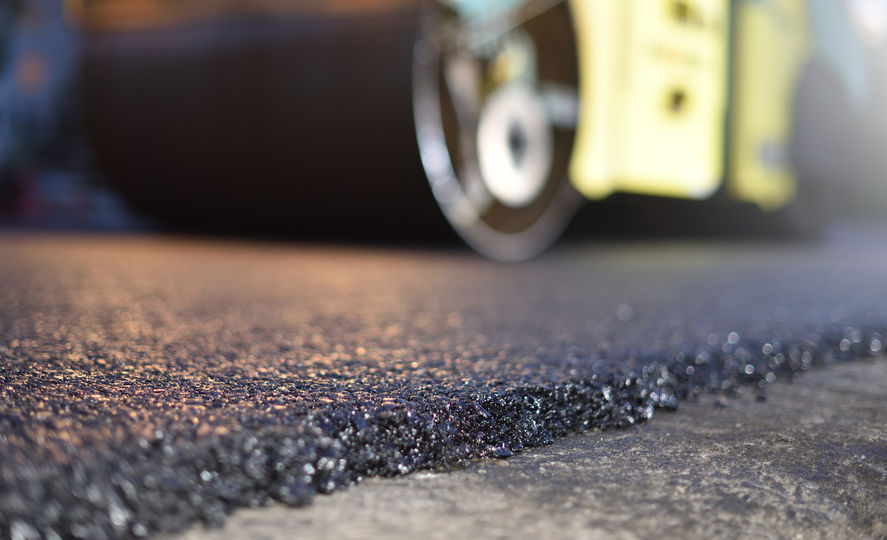
Sealcoating is one of the most cost-effective ways to protect your asphalt surface but knowing when to schedule the service can be just as important as doing it in the first place. At JK Seal Coaters, we frequently hear the question: “Is fall better than spring for sealcoating?” The truth is, both seasons offer benefits—but the right choice depends on your goals and your property’s needs.
Let’s take a closer look at how fall and spring stack up in three key categories: temperature, weather conditions, and long-term results.
Temperature: Getting the Cure Just Right
Sealcoating depends on proper curing to form a protective barrier over your asphalt. The temperature must be warm enough—ideally above 50°F during the day and into the evening.
- Spring Considerations:
Early Spring often brings fluctuating temperatures, especially overnight. Cold snaps and cloudy days can slow down curing or compromise the quality of the application. - Fall Considerations:
In early fall, temperatures tend to be more stable, and the pavement is still warm from the summer months. However, waiting too late into the season can cause problems as daylight shortens and nighttime temperatures drop.
Takeaway: If you’re looking for consistency and reliable curing, early fall typically offers more favorable temperature conditions than early spring.
Rain & Moisture: Timing Around the Forecast
Moisture is one of the biggest threats to freshly applied sealcoat. A surprise rain shower within 24 hours of your appointment can ruin the work and force a costly redo.
- Spring Weather Patterns:
Spring is notoriously unpredictable. Sudden showers or extended rainy periods can make scheduling a challenge, especially when combined with fluctuating temperatures. - Fall Forecasts:
Fall generally brings drier weather with fewer storms. This makes scheduling easier and increases the chances that your sealcoat will have the time it needs to dry without interruption.
Takeaway: Fall usually provides a more reliable weather window for sealcoating, with fewer delays and reschedules compared to the wet unpredictability of spring.
Longevity: Protecting Asphalt from the Seasons Ahead
Beyond application conditions, the timing of your sealcoating has an impact on what kind of protection your pavement will benefit from most.
- Sealcoating in Spring:
Applying sealcoat in spring gives your driveway or parking lot a fresh layer of protection before the heat and sun of summer set in. This helps reduce oxidation and damage from UV rays during the hottest months. - Sealcoating in Fall:
A fall application preps your asphalt for winter. It helps seal out moisture before snow, ice, and salt take their toll. Preventing water from seeping into cracks before freeze-thaw cycles begin can significantly extend the lifespan of your pavement.
Takeaway: Spring protects your surface from heat and sun, while fall strengthens your defense against harsh winter weather.
Which Season Should You Choose?
In the end, there’s not a universally “perfect” season for sealcoating—only the right time for your situation. If you want to shield your asphalt from summer’s punishing heat, spring is a great time to act. But if you’re more concerned about freeze damage, salt exposure, or scheduling reliability, early fall might be the better choice.
At JK Seal Coaters, we work around the weather and your availability to ensure your project is done right and on time. No matter which season you choose, we’re here to help you get the most out of your asphalt investment with professional sealcoating, striping, crack filling, and repairs.
Book Ahead for Best Results
Don’t wait until the season is in full swing to get on the schedule. Contact JK Seal Coaters today at (845) 532-2127 for a free estimate and expert guidance on the best time to seal your driveway or parking lot. Fall or spring, we’ve got you covered.



